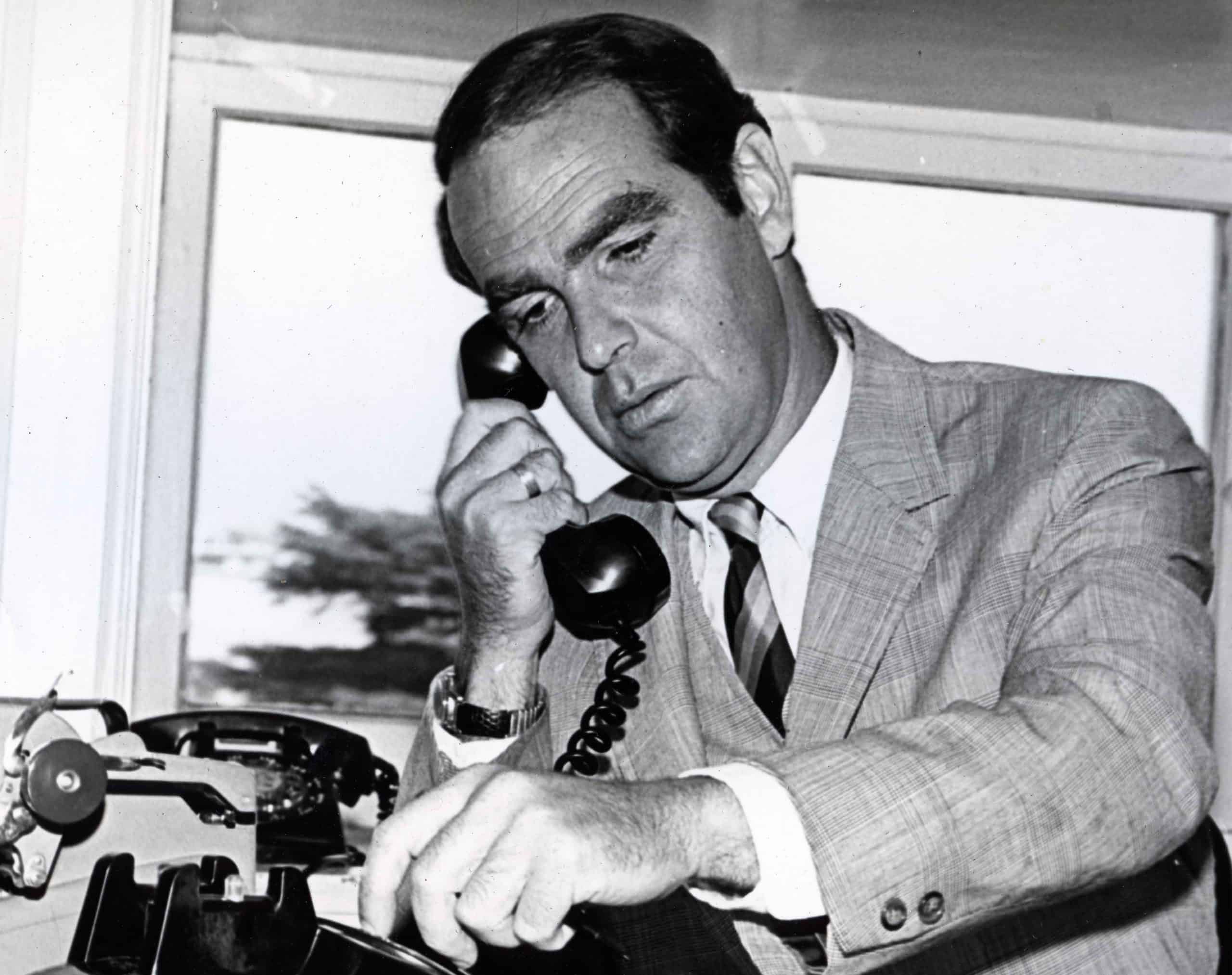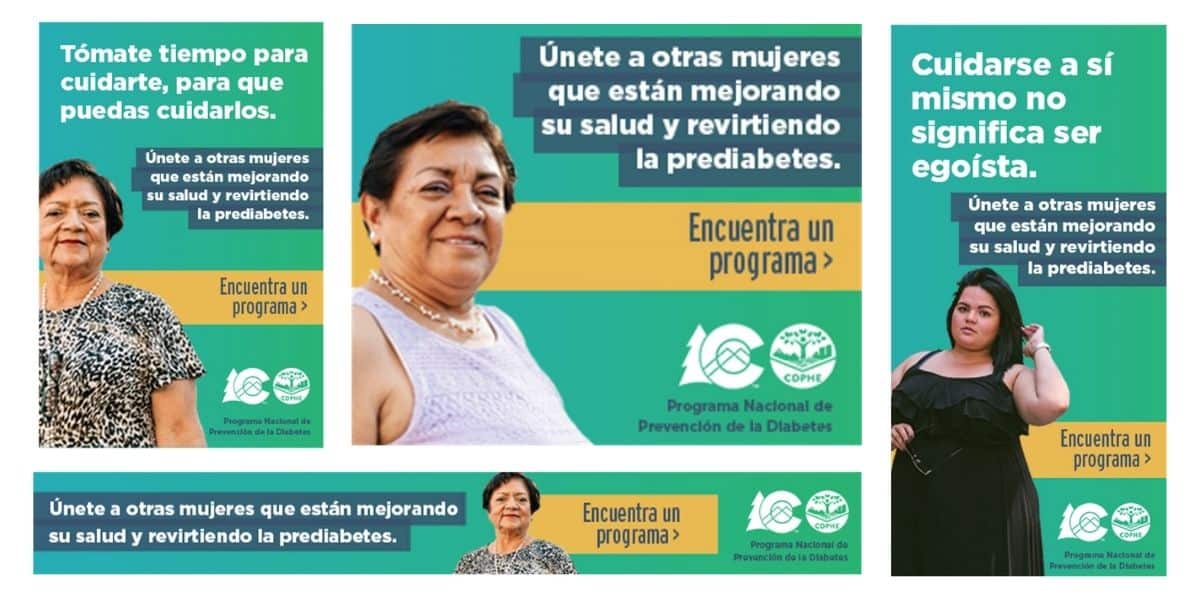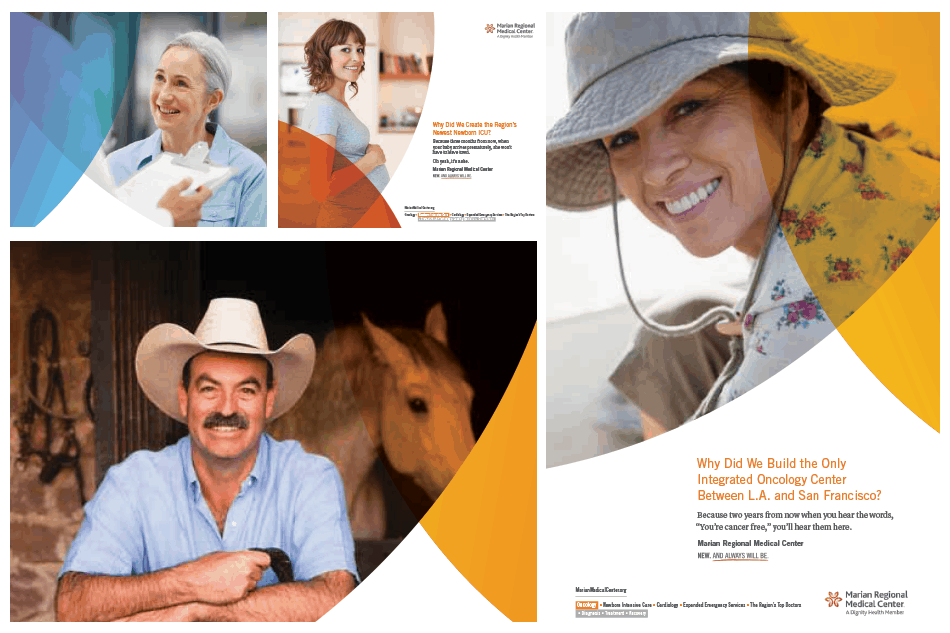
The author’s dad, Jim Anderson.
As a teen, I watched the contractions of the once-legendary United Press International wire service, where my dad stuck it out as a reporter with the dedication of the Titanic band.
UPI’s decline was precipitated by the death of afternoon newspapers, which were killed by the evening network news. Towns with only a morning paper needed just one wire service and AP dominated.
The monopoly morning newspapers and network evening news had a long successful run before the Internet changed everything and they faced their own reckoning.
UPI’s downward spiral was a story of both media trends and mismanagement by executives far above my dad’s pay grade.
Wage concessions meant my dad’s top union salary of $35,000 was cut by a third. In 1984, the year I graduated high school with journalism dreams, UPI entered its first bankruptcy.
Failing to heed the warning signs, I threw myself into my college newspaper and, after unpaid journalism internships, got a job making $300 a week (before taxes) at a little underfunded D.C. operation called States News Service. Before its demise, it provided virtual Washington bureaus for local newspapers.
I made my way out West in 1990 to the then-struggling Denver Post. Its management had botched a transition from afternoon to morning paper so it was getting its ass kicked by the Rocky Mountain News in one of the nation’s last newspaper wars.
At my job interview, the city editor noted, “We may not be around in six months.” He also pointed out that one of my strengths as a job candidate was that I was starting on the bottom of the union wage scale.
Even in the shadows of these financial challenges, reporters kept delivering quality journalism day after day.
But my father offered me this sage early-career advice: “Journalism has been a wonderful career for me but it is not a growth industry.”
I pivoted to a career in marketing and communications around public issues.
In that role, I helped manage communications around the closing of the Rocky Mountain News in 2009.
I watched the printing presses produce the last edition. The talented Rocky Mountain News staff kept producing important journalism till the bitter end. A photographer took photos of the first of the final copies coming off the presses, sending the images back to the newsroom for its last late edition.
With its path to profitability seemingly clear, The Denver Post brass spoke of big investments to expand news operations.
We all have seen how that has turned out. A new private equity owner took over and focused relentlessly on margins, not journalism. Dedicated reporters were furloughed. The sleek Denver Post downtown edifice was emptied of journalists.
But my belief in the enduring value of journalism remains undaunted by the often brutal economic realities.
Over the past couple of weeks, I had the opportunity to work on a promising project, helping to tell the story of how a team of local and national visionaries — including experts in journalism, philanthropy, and finance — collaborated to keep two dozen Denver-area weeklies and monthlies in local hands.
They developed a model that will leverage foundation dollars to help finance the deal while balancing profitability with quality journalism.
Instead of recklessly cutting costs while alienating readers, creating a death spiral, this mission-driven company will embrace a long-term, sustainable model to grow a loyal audience. (More details are available at ColoradoNewsConservancy.com.)
It’s an inspiration and, I hope, a harbinger of things to come.
As it turns out, my family still has skin in the game.
This fall my daughter starts college as a freshman journalism major.

About the Author:
Eric Anderson (he/him) began his career as a newspaper reporter in Washington, D.C., Hong Kong, and Denver before co-founding SE2 in 1998. He has helped guide marketing and communications campaigns on some of the era’s most pressing issues, from public health to education to the environment. He lives in Englewood, Colorado with his wife, Amber. Together they have four adult children, two dogs, and one cat.





